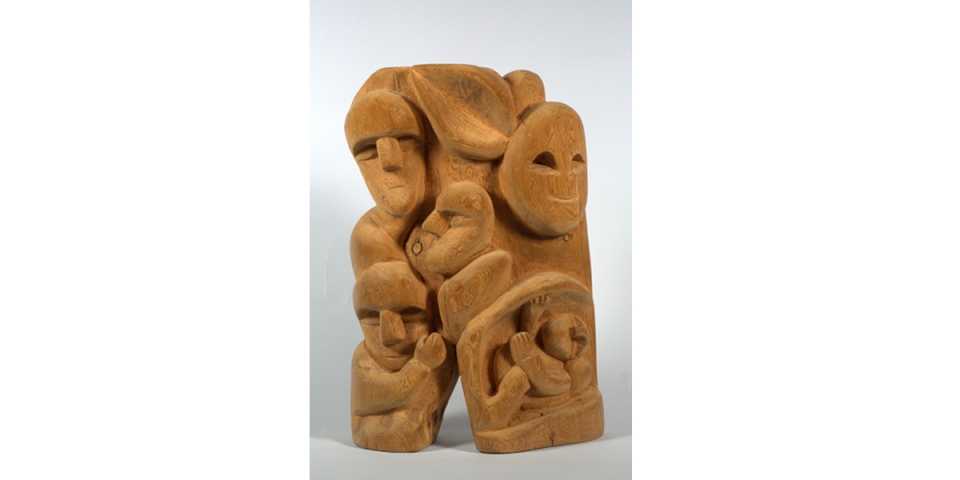Patrocinio Barela: Direct Carving as a Pathway to Imagination
- July 28, 2023
5:30 PM - 6:30 PM - Plaza Building

Patrocinio Barela gained national recognition when he was one of the few sculptors included in the New York Museum of Modern Art’s exhibition New Horizons in American Art in 1936. What set Barela apart from the majority of twentieth-century santeros was a modern approach to materials: letting the material guide his hand and using the natural forms, curves, and bumps of the wood to inform the shape of his finished sculpture. This approach to materials echoed the values of a major trend in 20th Century sculpture, Direct Carving.
Direct carving is an artistic practice where the process of carving suggests the final form of a sculpture rather than working from a predetermined design. This approach to sculpture involves working on an artwork without the use of models or maquettes for reference, making these sculptures one-of-a-kind objects. Direct carving became a popular mode of working among early twentieth-century sculptors, popularized by Romanian sculptor Constantin Brâncuşi around 1906. Although Barela came to direct carving independently, his aesthetic approach earned him recognition among modern sculptors in Europe and the United States.
A central value of direct carving is the commitment to truth in materials. Artists respect the nature of their material, working to bring out its distinct properties such as a particular color or surface texture. They keep to simple forms which value the original shape of the branch or tree trunk with which they work. Surfaces lack detail to emphasize the material itself and are often carefully polished to enhance the color and markings, resulting in highly abstract forms as seen in Barela’s work.
Direct carving allowed Barela to work in dialogue with his materials, and let those materials suggest forms, characters and narratives that Barela brought to life. This in turn freed Barela’s imagination to pursue shapes and characters in his artwork that may not of come to mind without the suggestion of form in the work. This talk with explore how Barela’s use of Direct Carving provided fertile ground for imaginative expression.
Image: Patrociño Barela, Untitled, 1940, wood, 13 x 9 x 3.5 in. Gift of Eleanor Huff and Charlotte Lee, Harwood Museum of Art of the University of New Mexico.